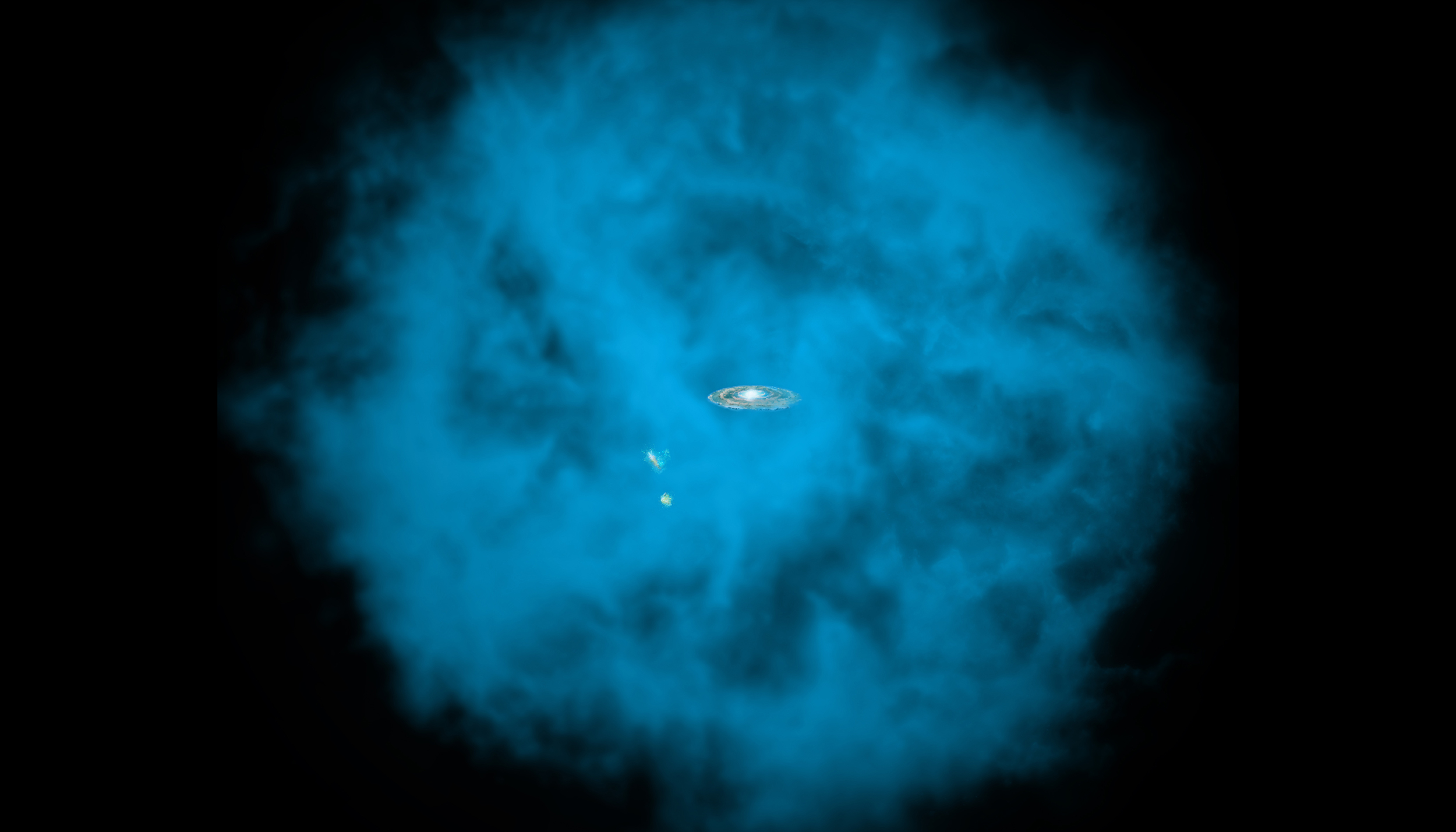Discovering the Extensive Halo of Ionized Hydrogen: Solving the Mystery of Missing Baryonic Mass
Key Ideas
- New measurements reveal an extensive halo of ionized hydrogen gas surrounding galaxies, accounting for the missing baryonic mass in the universe.
- The ionized hydrogen gas forms a halo that is more widespread and inflated than previously believed, offering insights into the distribution of normal matter.
- The study, co-authored by 75 scientists worldwide, indicates that massive black holes in galaxies are more active than assumed, expelling gas much farther than expected.
- Using innovative techniques like stacking images of millions of galaxies, researchers detected the faint signal of ionized hydrogen gas and its impact on the cosmic microwave background.
A recent study has unveiled a significant breakthrough in astrophysics, where astronomers have identified an extensive halo of ionized hydrogen gas surrounding galaxies. This discovery addresses the long-standing mystery of the missing baryonic mass in the universe, which has been a point of discrepancy in previous estimations. The ionized hydrogen gas forms a halo that is more extensive and inflated than initially thought, shedding light on the distribution of normal matter. The findings not only resolve a conflict between observed astronomical data and the established model of the universe's evolution but also indicate a higher level of activity in the massive black holes at galaxy centers. By utilizing innovative methods such as stacking images of millions of galaxies, researchers were able to detect the subtle signal of ionized hydrogen gas and its interaction with the cosmic microwave background. This collaborative effort, involving 75 scientists from various institutions globally, has presented its results at scientific meetings, with the paper currently undergoing peer review. The study's implications extend to the realm of cosmology and our understanding of the fundamental components of the universe, offering a new perspective on the distribution of normal matter and the role of ionized gas in galactic structures.
